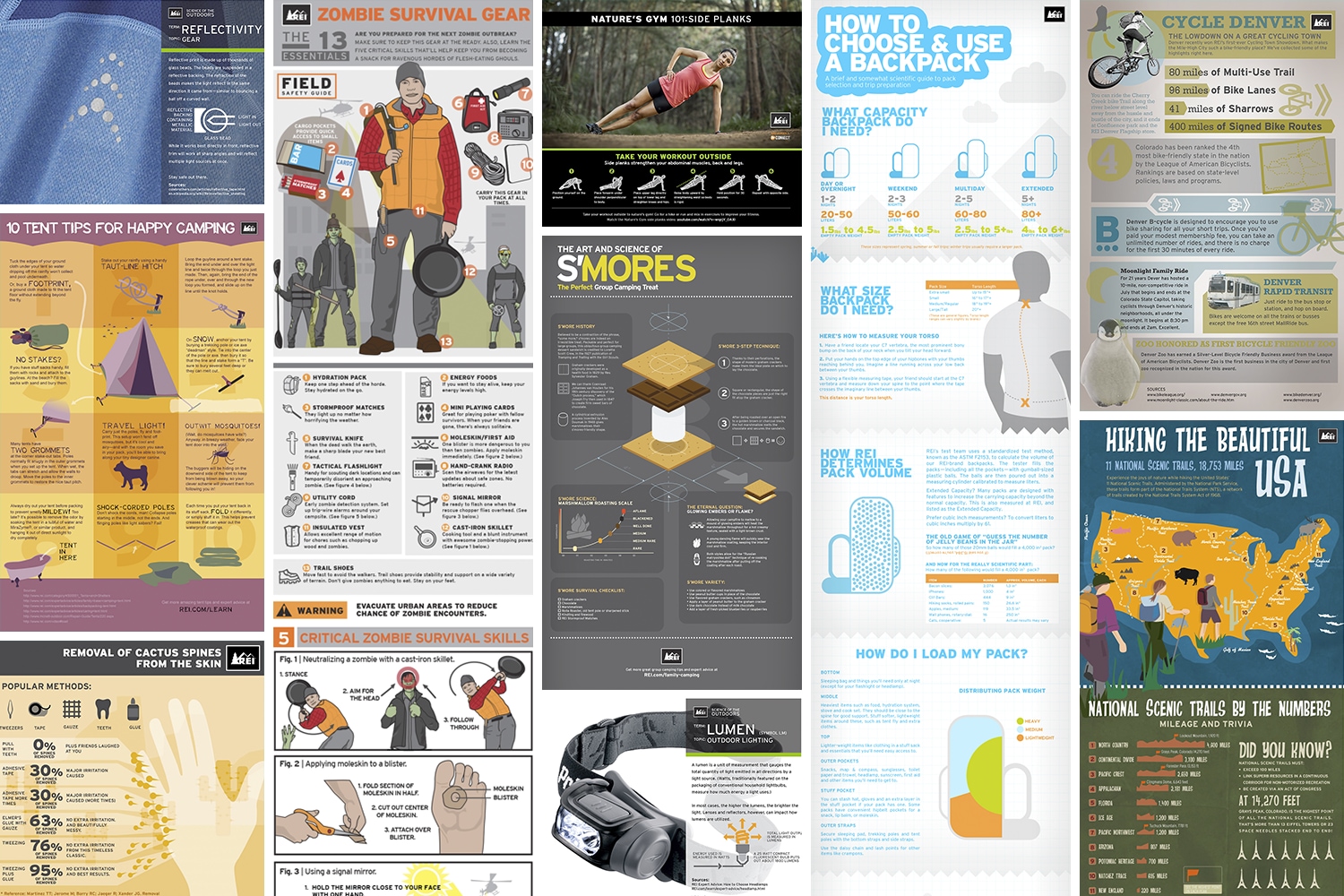A tent without guy lines is vulnerable to falling down or being surprised in gusty problems. By connecting to assigned loops or accessory points, and then connecting to support factors like rocks, trees, or camping tent stakes, man lines provide additional assistance past what is supplied by a shelter's internal frame and tent posts.
Camping tent Stability
Tent stability is essential for occasion safety and security and a comfy experience. A steady tent can withstand rough weather, including high winds, rain, and snow without threat of damages or collapse.
The kind of frame and cover products utilized can impact outdoor tents security. Century pole tents, which rely upon a solitary central post for assistance, are much more susceptible to high wind rates than framework tents. Structure camping tents feature a grid-like system of light weight aluminum or steel beam of lights that work together to sustain the framework, sharing the load so no person component takes all the tension.
To maintain a camping tent, the initial step is to attach person lines to the camping tent's guy out loopholes. Use a reliable knot, like a bowline or clove drawback, to tie the line to the support point, and make sure it is tight but not also tight. This will certainly stop damaging the outdoor tents fabric or stressing the poles, while dispersing tension equally.
Wind tent Security
In wind power, atmospheric security is an essential variable for precise price quotes of wind speeds at various heights. Several techniques to determine the upright profile of the wind requirement to take this characteristic right into account. Neglecting it can cause inaccurate outcomes, resulting in overstated power shipment prices or lower than anticipated performance.
Weather vary according to the site area and weather condition sensations occurring during that time. For example, dominating wind shear relies on the kind of climate present, such as a steady or unstable environment, or a layering of air masses with various temperature frameworks, advertising instability or stability.
At the research study website, an analysis was done to obtain the distribution of climatic stability specifications at 2 heights (20 m and 50 m). Figure 8d reveals that shear worths are much more spread and often tend to be higher in unsteady weather. This confirms the diurnal habits of these criteria in a predominantly unsteady ambience.
Weather Stability
While climate applications and WX SMARTS articles have a tendency to concentrate on fronts, systems, and thunderstorms, atmospheric stability is less-talked concerning, yet it's ingrained in everything from wind gusts and clouds to vertical updrafts and downdrafts. Stability is simply defined as the capacity of an atmosphere to respond to upright movement. For this reason, meteorologists examining upper-air observations make use of a handy graph referred to as the Skew-T diagram that illustrates the air's feedback to vertical displacement, with stability states classified as steady, neutral or unpredictable. Obviously, the above summary is simple; there are lots of aspects that affect stability, such as vertical wind shear and latent heat release throughout condensation. These procedures alter the ecological gap rate and affect buoyancy, updrafts and downdrafts, and cloud formation in intricate means.
